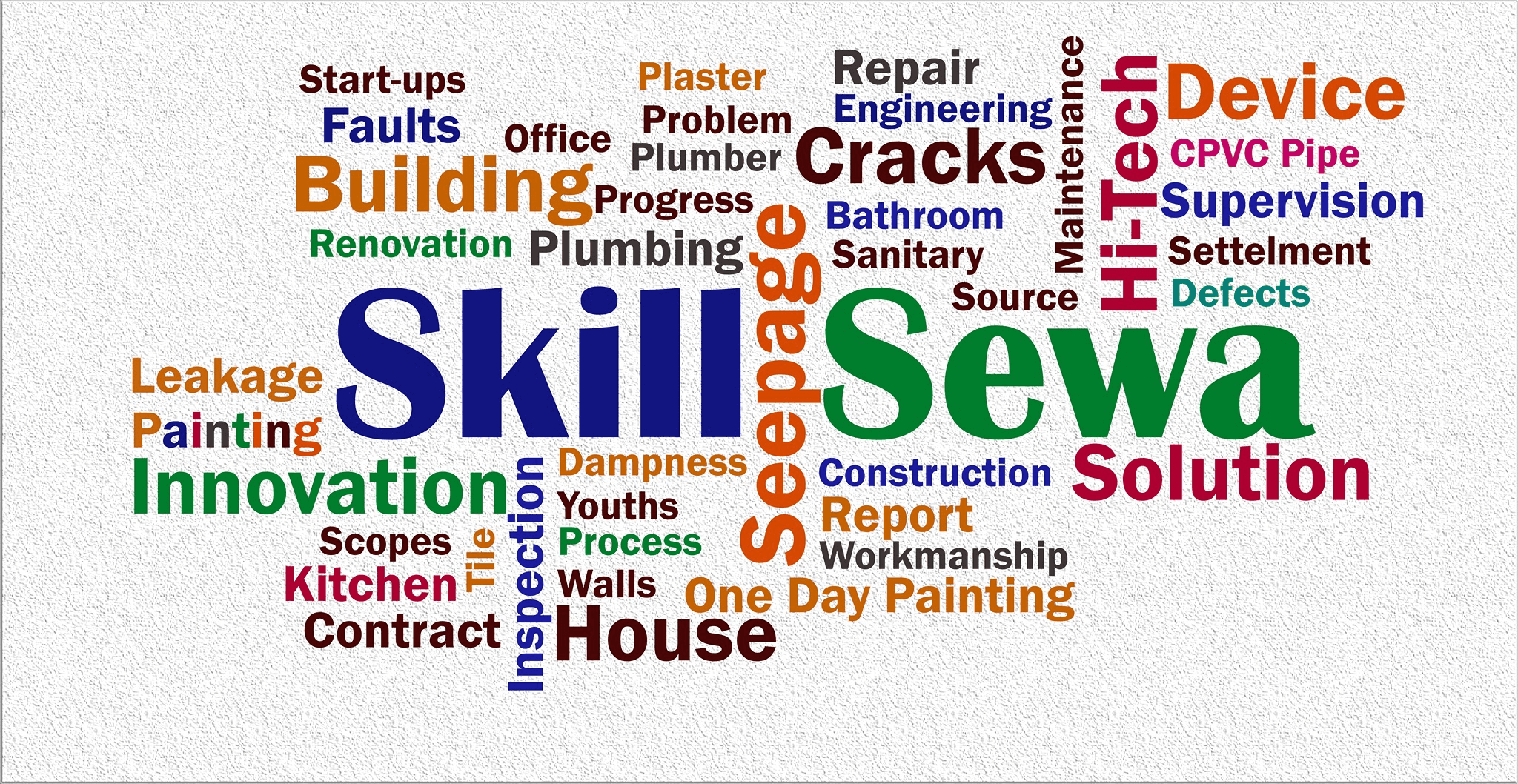Construction difficulties due to lack of supervision

Before going to problems that arise in construction in the absence of qualified supervision, it is a very important topic to address that
most of the contractors (especially local contractors) have very poor
workmanship, and most of the time they do not solve the problems that arise on
site rather than they prioritize in hiding the problems since clients are short
of knowledge about site activities and procedures.
Excavation: Excavation in the absence of supervision brings some problems, like excess digging of the pit. The excess pit will either be backfilled by loose soil or the PCC will be made thick, leading to excess cost. It depends if the contract is labor rate (labor contract only) or with material. Contractors will use loose soil as backfill in excess digging, or they will use thick PCC in cases of labor contracts. For example, in the case of the construction of an underground water tank. Let’s say the required depth is 6’. The excavator, let’s say, dogged 7’ in the site. The excess depth will be backfilled by loose soil, and no compaction will be done on it, and also use of thick PCC will be done on it. Also, the water tank size will be made to a depth of 7’ (bigger size tank). Hence, the cost increases. So, one must research and choose the best contractors.
2)
Earth fill and compaction: this is a major
reason that brings cracks in the ground floor’s floor. Poor compaction technique is
the biggest problem, and it is common in the context of sites in our country.
3) PCC: in the case of hand-mixed concrete, it is
important to do at least twice a dry mix and once a wet mix. Due to poor
workmanship, the mix won’t be proper, and the mix won’t be in good proportion.
4)
Brickwork: Using of cement paste before
brickwork in joints and on bottom surface is important. Also, use of water in
bricks, cement sand ratio, quality of sand, vertical alignment, bonds, curing, etc.
all important. Negligence may bring cracks in the wall thereafter.
5)
Plaster: quality of sand, curing, plaster
thickness, alignment, insufficient use of water
6)
Formwork: quality of formwork, gaps in joints
between two adjacent boards, shoring, etc.
7)
Concreting: the important civil work, and
supervision is required the most. Proportion of cement sand aggregate and also
water content is important to watch. Also, use of vibrator in concrete.
Complete curing is the most important after concrete, which is very poor in the context of Nepal. Contractors stop curing just after a few days to continue other
construction work.
8)
After removal of formwork, the concrete surface
should check properly. Honeycombs are common in case of poor concrete pouring
technique and poor vibrator. Grouting may be needed, but it could be hide by just
using cement paste in the surface of concrete in honeycomb areas.
9)
Re-concreting may be required in columns if cracks
are seen just after removal of formworks. Also in tie beams and other
concreting elements. Remedies may require, but in absence of supervision these
factors are hide.
10)
Rebar: sufficient use of rebar, ties, stirrups,
ductile detailing, workmanship, etc.